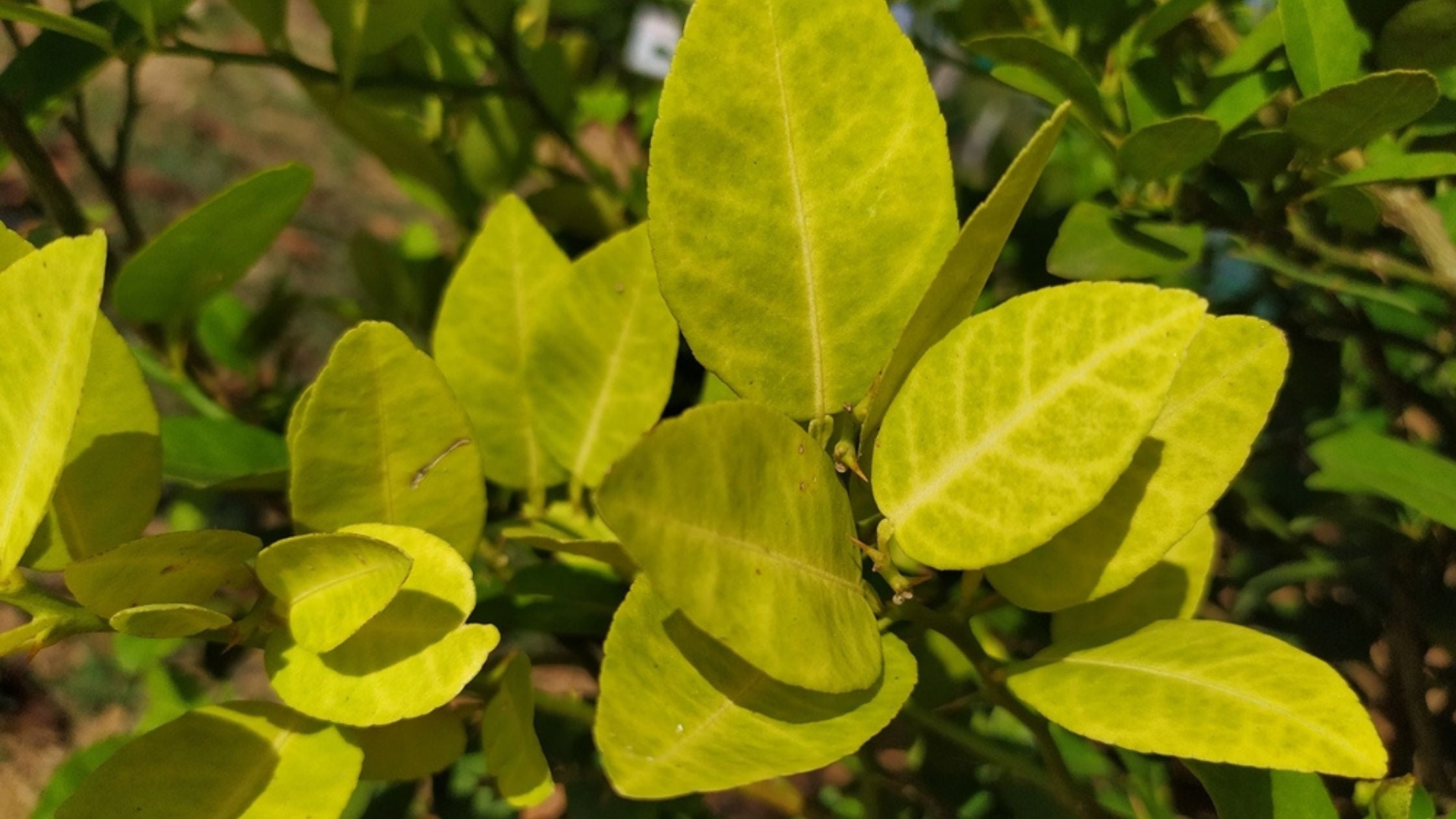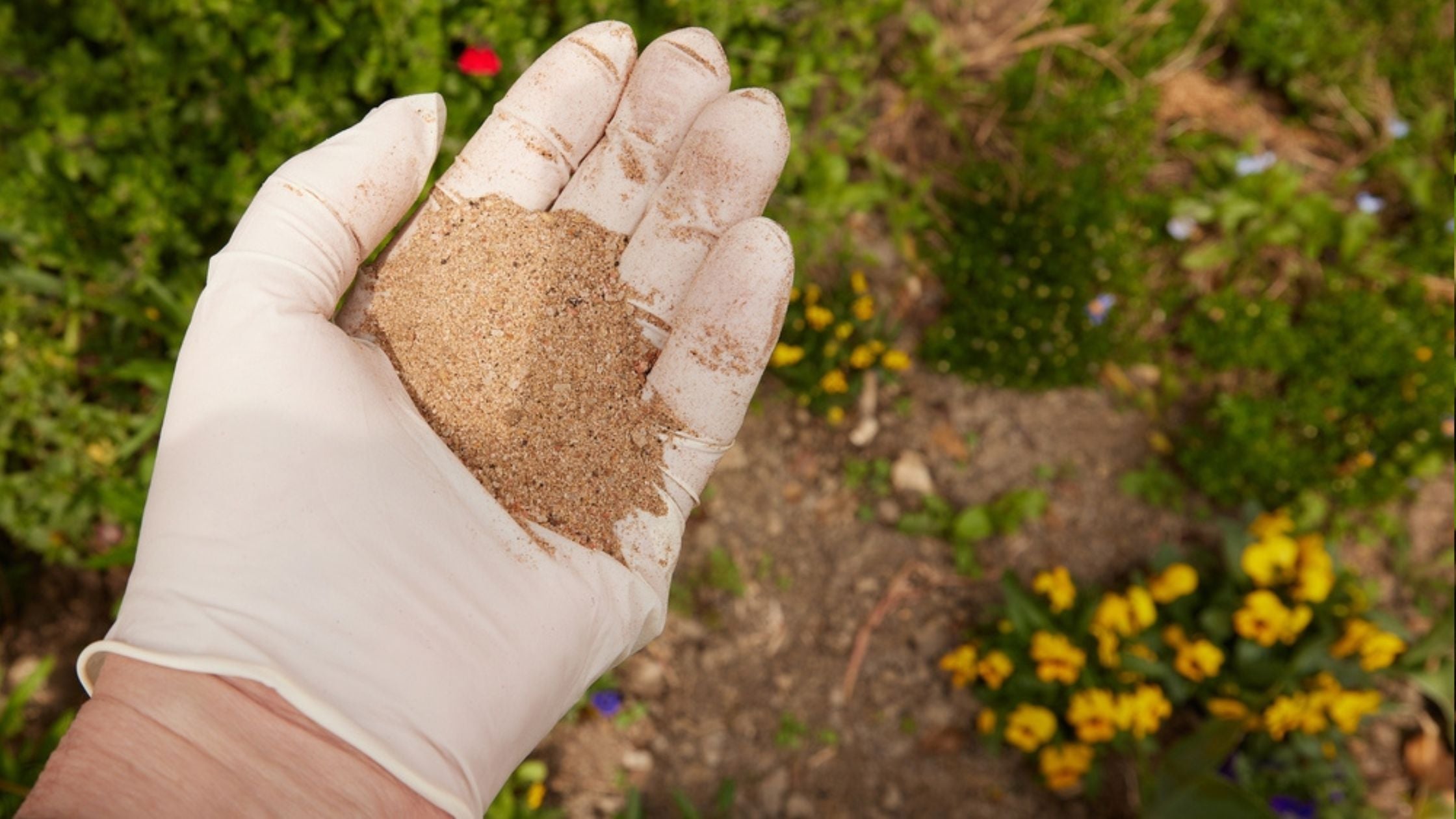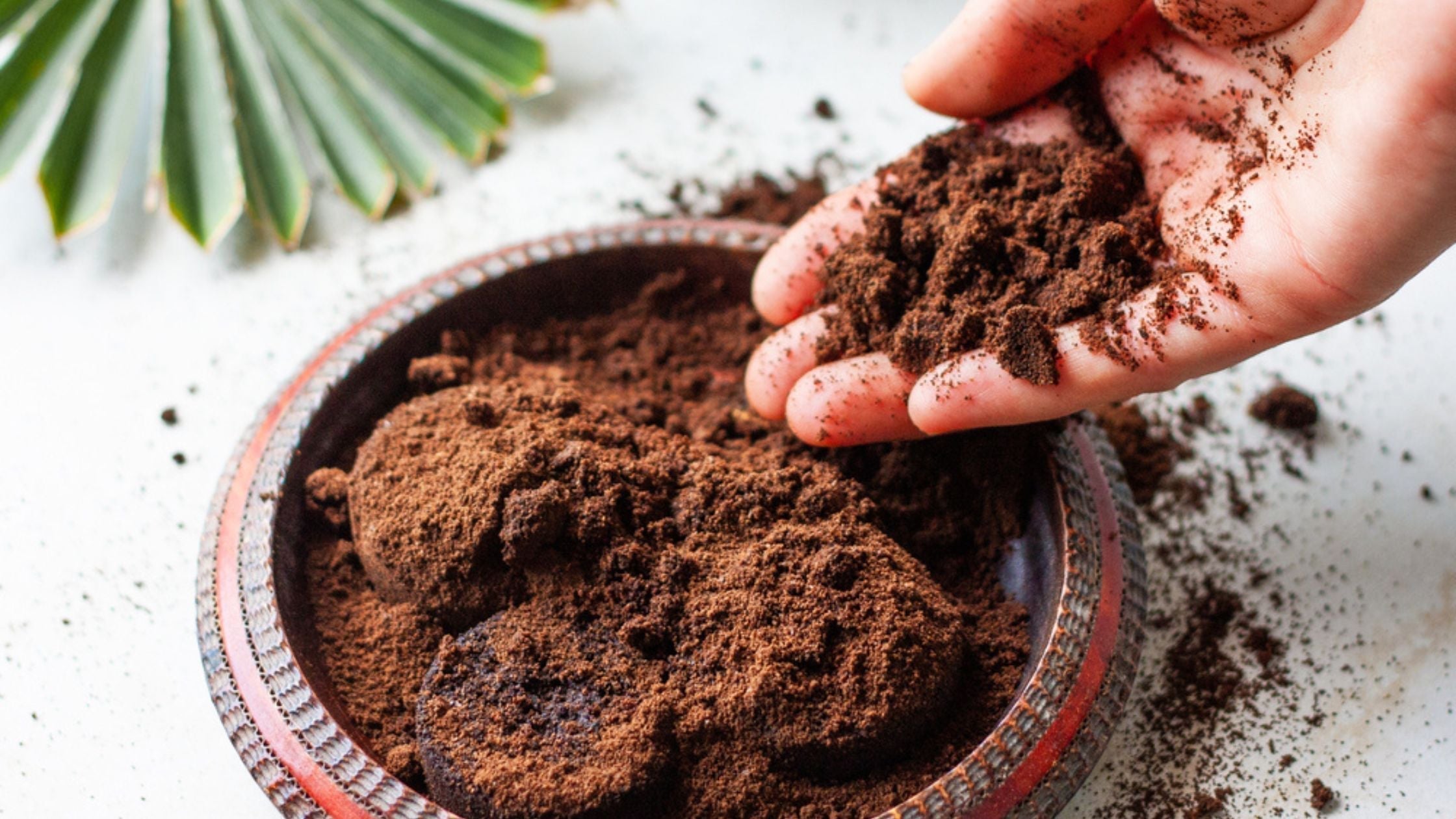
Phosphorus and Plants
Phosphorus is an essential mineral nutrient required for vital plant life functions. Legume crops, fruit trees, and lettuce need higher phosphorus levels and often benefit from phosphorus-rich fertilizers. By contrast, most houseplants only need high-phosphorus fertilizer if the soil is deficient.
What do plants do with phosphorus?
Phosphorus is the chemical that allows the plant to turn sunlight into energy for all its life functions. It typically makes up between 0.1% and 1 % of its tissue.
The types of phosphorus plants can absorb are called phosphates. These phosphates produce substances involved in energy storage, energy transfer, and photosynthesis.
Phosphate also provides the building blocks for plant components like phospholipids (in the membrane of plant cells), nucleic acids (that carry genetic material between cells), nucleotides, coenzymes, and phosphoproteins.
As with anything, however, you can have too much of a good thing.
Phosphorus toxicity in plants
Excess phosphorus will kill plants, but too much of this mineral is rare in the wild. Soil levels of phosphorus tend to stay normal unless humans have intervened - in the form of excess phosphate fertilizer run-off from agriculture or from directly adding too much fertilizer.
Excessive phosphorus especially becomes a risk to plants with indoor gardening, where small soil volume plus the need to supply nutrients for optimal growth makes it easy to add too much.
The main effect of excess phosphorus is that the plant is unable to absorb other essential nutrients—first zinc and copper, then calcium.
How much is too much phosphorus?
Different species require different levels of phosphorus for peak health and have varying thresholds for phosphorus toxicity. Generally, however, most species will suffer if they have over one percent phosphorus in their leaf tissue.
Plants have some capacity to deal with an excess of phosphorus by storing it until needed. If this excess reaches critical levels, however, the plant will be damaged. Excess phosphates accumulate in older leaves, encouraging more nitrogen to be taken and delaying the formation of reproductive organs—the flowers. Excess phosphates reduce the size and quality of harvest for fruit plants.
What are the signs of too much phosphorus in soil?
The main sign of phosphorus toxicity in plants is leaf discoloration due to the resulting mineral deficiencies. The leaf will turn yellow or dark between the veins.
Most studies of phosphorus toxicity have been conducted on economically valuable crop plants; however, these symptoms also apply to houseplants.
In cucumbers, leaf discoloration tends to happen when phosphorus makes up 1.50% of the leaves. The upper level of phosphorus in tomato leaves is 0.60%. In soybeans, you get a reddish-brown color on the margins of leaves, reddening on leaf veins and between the leaf veins, followed by darkening.
Plants with excess phosphorus will also display symptoms of calcium deficiency. These symptoms include the browning and dying of new growth at the tips of leaves and roots, disease susceptibility, and poor-quality fruit and seed production.
These symptoms of phosphorus toxicity are very similar to those of other nutrient toxicities. Based on the nutrients that you have been supplying your soil, you will need to judge whether your plant is suffering from phosphorus or some other mineral toxicity. Read more about nitrogen toxicity and potassium toxicity to learn more.
What causes too much phosphorus in plants at home?
Too much phosphorus in houseplants usually occurs with flowering plants because many gardeners try to encourage blooms by adding high-phosphorus fertilizer to plants like azaleas, roses, and rhododendrons.
Additional phosphorus is only needed if the soil is deficient, but most soil already contains enough. Unlike nitrogen, phosphates are much less likely to leach out of soil or be taken up and used by plants.
Brand-new store-bought plants are also at risk of over-fertilization because the soil might already contain slow-release fertilizer that will last a few weeks or months.
How do I avoid giving too much phosphorus to plants?
A laboratory would be needed to determine precisely how much your particular houseplant species needs. This is why you must always err on the side of caution when applying fertilizers. As a rule, don't use a high-phosphorus fertilizer unless you know that your soil is deficient in phosphorus.
For small plants, use fertilizers with a low NPK ratio, which indicates a low percentage of nitrogen, phosphorus, and potassium. A balanced 5:5:5 fertilizer that contains 5% nitrogen, 5% phosphorus, and 5% potassium is suitable.
A fertilizer with a higher NPK ratio of 15:15:15 would be better for larger plants since it contains more of the three macronutrients. Always read the manufacturer's instructions for how much fertilizer you should add to your plant's water.
Remember only to fertilize regularly just before and during the growth and flowering period for your plants. In the non-growing months, keep fertilizing to a bare minimum.
Organic fertilizers, either bought or made at home, can reduce the risk of over-fertilizing with phosphorus. Organic ingredients tend to have lower concentrations of the mineral than synthetic versions. See our recipe for organic, homemade phosphorus fertilizer.
For your most prized plants, perform a soil nutrient test before applying fertilizer. By testing the amount of each nutrient in the soil, you can determine exactly how much and what kind of fertilizer to apply.



1 comment
PHSPHOURS VERY GOOD GUIDLINES
Ravikumar m
Leave a comment
This site is protected by hCaptcha and the hCaptcha Privacy Policy and Terms of Service apply.